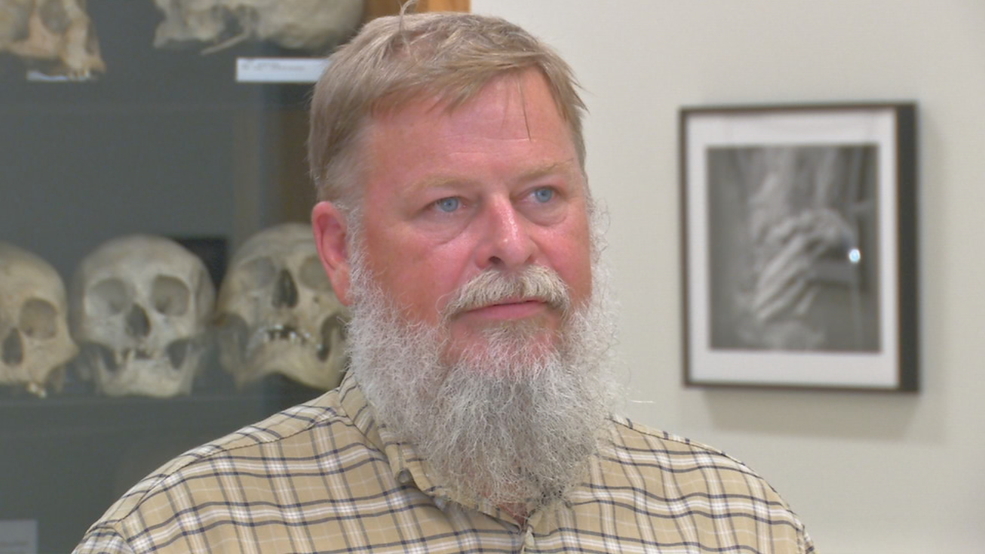
The Department of Justice has awarded a USD280,000 grant to Texas State University’s Forensic Anthropology Centre to employ drones to speed up the discovery of dead bodies and human remains “in both urban and rural areas”, according to ksat.com.
This grant covers a two year period to “explore the capabilities and limitations of drones as tools for locating and identifying human remains,” Daniel Wescott, director of the Forensic Anthropology Centre said utilising drones within forensic anthropology answers the question: “How do you search a large area?” Wescott explained, “If we can narrow the search area down to a few key spots, the use of a drone greatly reduces the manpower and cost.”
An initial challenge encountered by the team is documenting the ways in which the new technology differs from equipment currently in use. The drones being used are equipped with infrared, hyperspectral and multispectral imaging. The Texas State anthropologists are testing different imaging systems to determine what works best in different situations and if an addition of advanced light filters can support a camera adapted to a wider range of conditions.
Wescott continued, “We’re collecting temperature and decomposition scores and comparing that to the data from the drone. We need to know if the data is true or not?”
The team have discovered that as the drone flies higher, the body temperature readings may be innacurate. This can matter for forensics analysis or testifying in court, but when carrying out a search for a dead body, only temperature differences are important.
Wescott said the work conducted at Texas State and the data already gathered, could become crucial when utilising drones in either a research or law enforcement related capacity.
He concluded, “If we can get standardised procedures and people know what they’re looking for, that’s going to really help law enforcementand and will be a significant technological advance.”
For more information

